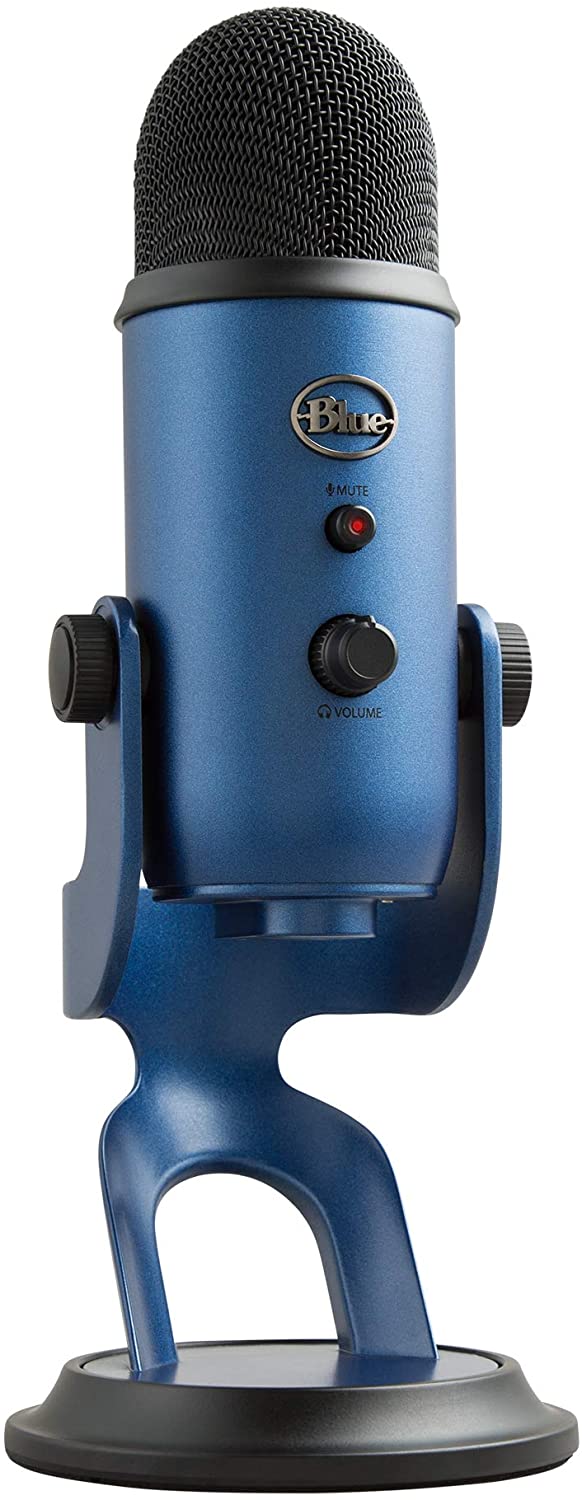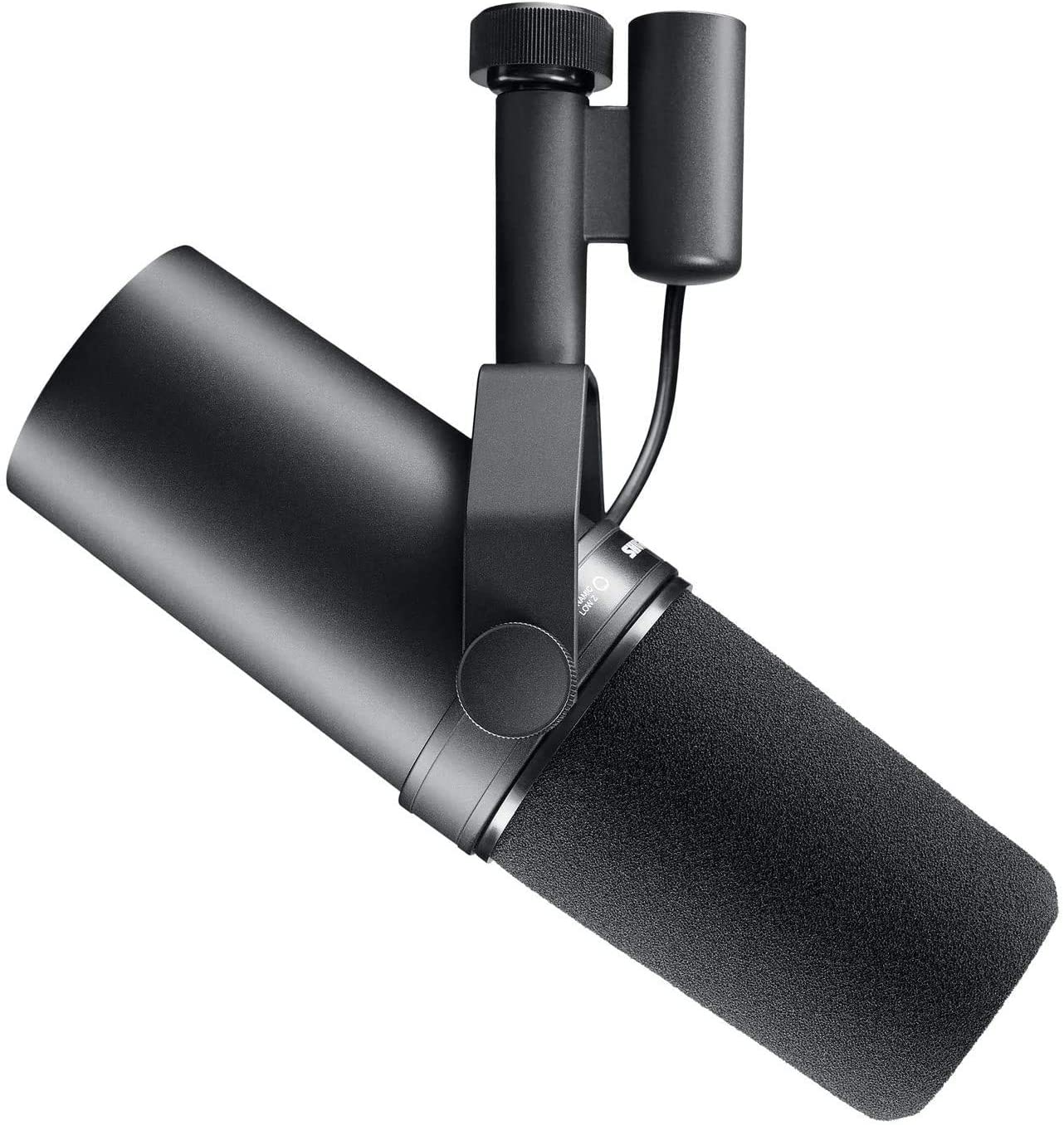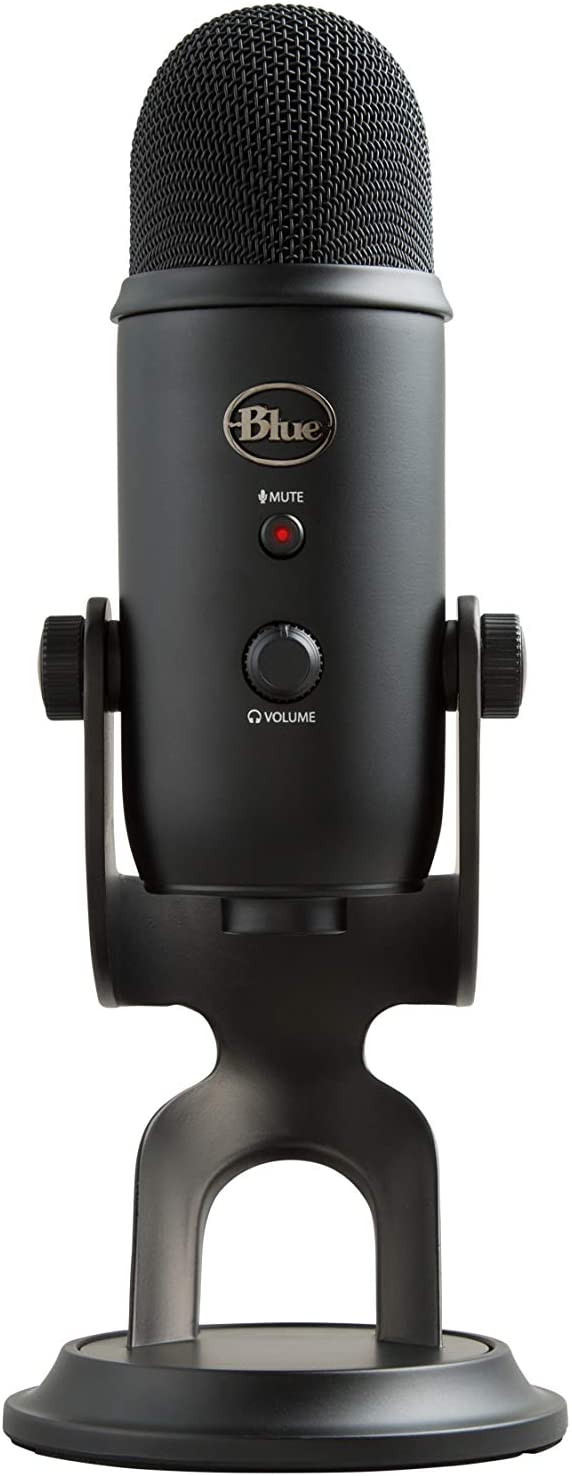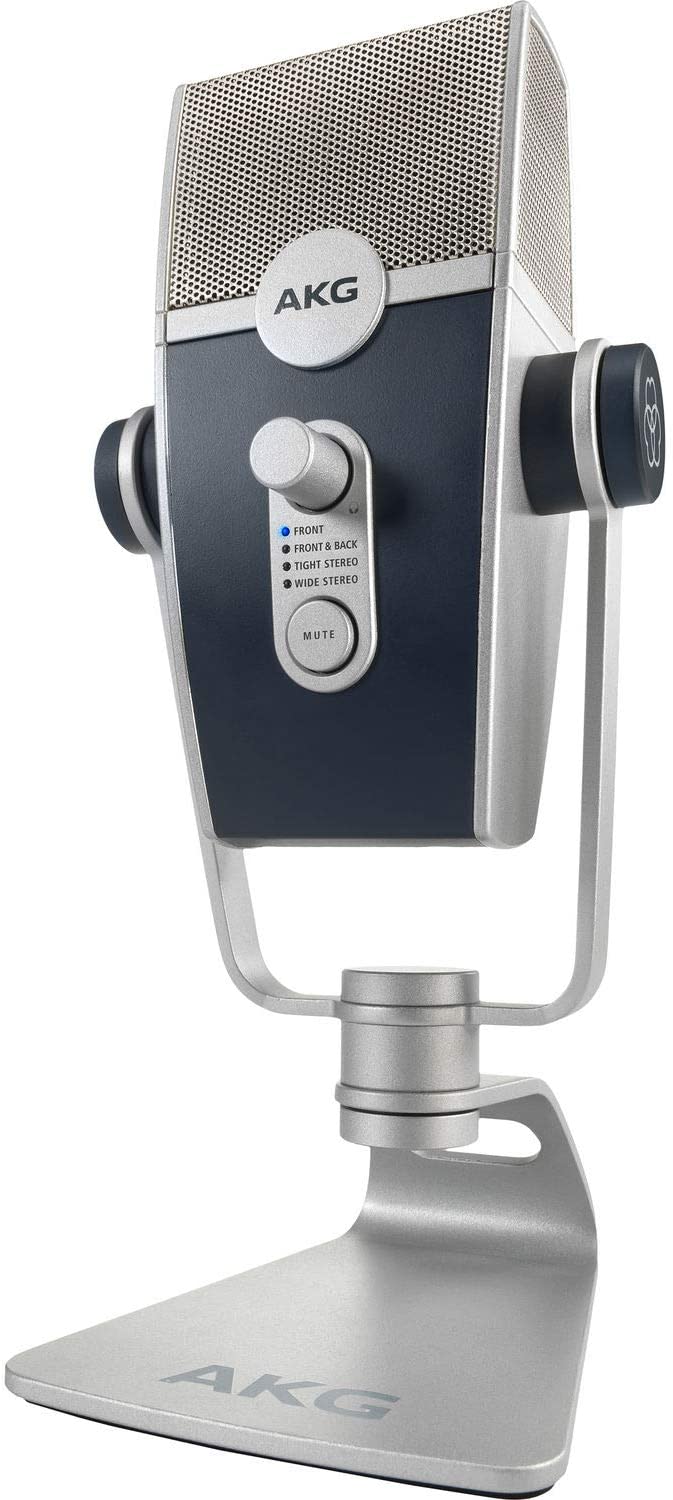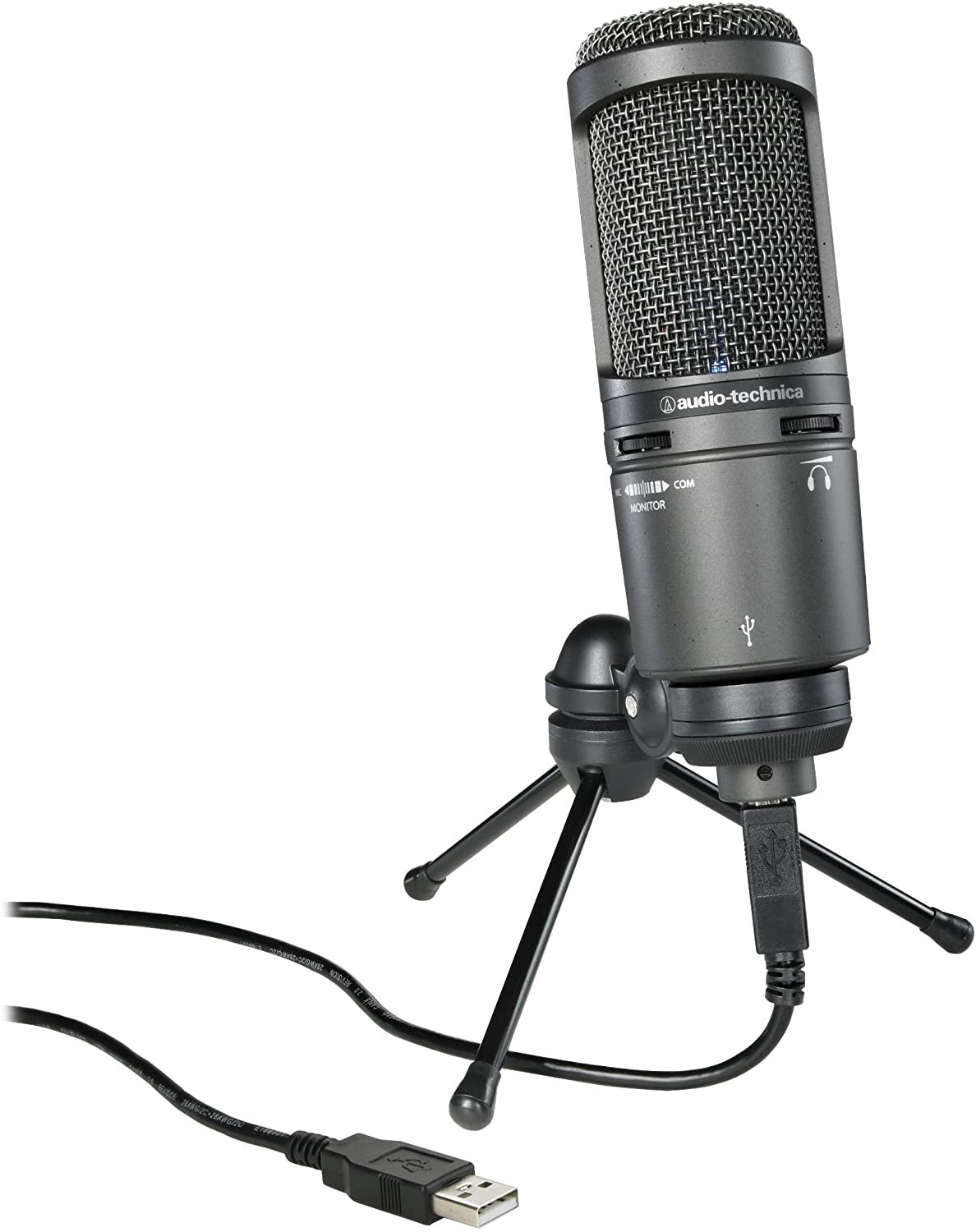A great podcast microphone is a necessity if you have or want to start a podcast. Podcasting is an ideal tool for you to get your message out to your audience. With technology, you can access the internet and use a computer and an internet connection to start your own podcast. You have the chance to connect with hundreds, to thousands to, millions of people in one go. With a podcast, it is very easy to share your expertise with your audience and create your brand. Anyone can start a podcast, it’s not a hard industry to break through. But that thought alone makes it a double edged sword. With so many podcasts in the market today, unless the quality of sound of your podcast is good, people will go elsewhere. If you have great content, then having a low-quality microphone is a disservice to your brand. The microphone you’re going to use has the greatest effect on your recordings’ sound quality and clarity. The microphone records the speech and then transforms it from real to digital bytes of sound waves. A good microphone can range from less than $100 to a few hundred dollars and can come at a variety of prices. You can choose from the Top 5 we reviewed below, depending on your requirements. If you’re just starting out with your podcast you can start with using a USB microphone. They are the easiest to set up, all you need to do is directly plug the mic into the USB port of the PC and start recording. They are relatively simple to use and comfortable. Their quality of sound, however, is not as high quality as an XRL mic… Shure SM7B Cardioid Microphone The next level is the XLR microphone… Often used by trained audio engineers. The connection is a little more complicated than the USB microphone. Instead of plugging it directly into your computer, you need an audio interface. Sennheiser E835 Dynamic Cardioid Vocal Microphone To work, this kind of microphone does not need to be plugged into a power source. They are inexpensive, and regardless of your choice of recording environment, they provide good quality sound. It’s a good option for when you’re always on the move. AKG Pro Audio P820 Tube Condenser Microphone A condenser microphone is used for most professional audio studios. They cost more than a dynamic microphone, but they generate better quality sound. You get a simple, crisp, and well-detailed sound to appreciate. However, unlike the dynamic microphone, they require a power source to function properly, and compared to the dynamic microphone, they are a little fragile. There are two key things you need to keep in mind when you decide to buy a microphone for your podcasting. The first is that you need to pick a microphone that matches your needs the most.There are many outstanding microphones on the market, but they each have their pros and cons. You need to determine for yourself which one is best. The second thing that you need to consider is the main features of a good microphone. How do you determine which microphone is the best for you? Budget – Your budget is the most important factor on which the decision on the microphone that you want to buy will rest. The good thing is that today, you get high-quality microphones for even less than $100. As you keep increasing your budget, you will get microphones with better quality, stability and range frequency. You can decide which the best is for you depending on your budget. Connectivity – You have to decide how you want to connect your microphone. The easiest to connect are USB microphones. Most of the low-budget microphones in the market connect via USB. You can choose from one of the traditional XLR microphones. It is also easy to connect but it just needs a little more effort. If you are just starting out with podcasting, then you should stick with a USB microphone. They are very easy to use and many microphones don’t even need software or drives to connect the microphone to the computer or laptop. Device to be connected to – In today’s mobile world, there is a slow but steady shift from podcasters using their computers or laptops for podcasting to podcasters using their iPhones or Android devices for podcasting. The advantage of mobile devices is easier set-up and location independence. But if you are using a mobile device, you need to keep in mind that you want a microphone which bleeds out extra noise. Accessories – You may need a lot of other accessories to go with your microphone. This too can add to your budget. You can check the microphone before you buy it to see what the accessories that are included with it are. The most common accessories that you will need are a microphone stand, a shock mount, a popper stopper, or a computer or laptop to connect with your microphone so that you can start podcasting. Many microphones come as packages or bundles and you save a lot of money if you buy it as a bundle. But you need to be sure that you are buying it because you need it and not just because you get free options. Cardioid – The microphone should have a cardioid pickup pattern. This will reduce external noise. The cardioid microphones are less sensitive to noise that comes from the side and the back. You may get a better noise rejection from a supercardioid or a shotgun mic. However, for using these microphones you have to be close to the microphone which makes it uncomfortable. Pop filter: A pop filter is a layer of transparent foam which is acoustically and is inside the mic. This is to prevent popping Ps when you are talking. You can also use an external Pop filter which you can buy and keep between your microphone and yourself. Shock mount: If there are low-frequency vibrations when you are recording, you can use a shock mount to filter it out. The vibrations come when you are typing on the keyboard or if you touch the table on which the microphone is when the microphone is on. Many microphones have rubber isolation mounts that are inside the microphone so you don’t need to buy an external one. Some microphones have a mount suspended externally around the microphone using elastic bands or straps. You can also add a filter switch that is high-pass on the mic or you can add a mixer so that there is additional protection against low-frequency noise. Dynamic or Condenser: In a dynamic microphone, the audio signal is created by the movement of a conductor in a magnetic field. There is a lightweight, very thin, diaphragm that moves as per the sound pressure. Dynamic microphones are less expensive than condensers and are less sensitive to high frequencies and sound pressure levels. Also, for most dynamic microphones, you don’t need to have a power supply. There are some dynamic microphones which are as good as a condenser. Condensers respond better to nuances the sound waves have. It is a simple mechanical system that has a conductive diaphragm that is thin stretched and is kept close to a metal disk which is called a back plate. These microphones need a power supply and are comparatively more expensive. The format of the podcast: What is the kind of podcast that you are recording? Will there be multiple speakers or just you? If there will be multiple speakers, what is the frequency that they will be on the podcast? Set-up: Where are you planning to record the podcast? Will you have a podcast studio or will you be recording in a common area? Some podcasters even record when they are traveling. In that case, they would need a microphone which is light and easy to use. Podcast Recording Equipment: Will your microphone be enough or would you need to buy a pop filter to even out the sound. Would you need a mixer for editing your recordings? Do you need a microphone stand? Many microphones in the market have their own stand so you can keep that in mind while choosing one. Now that we’ve discussed a few of the basics, let’s take a look at the best podcasting microphones that are on the market today. We have listed below the Top 5 podcast microphones in 2021 1. RØDE Microphones NT-USB Mini 3. Shure SM58-LC Dynamic Vocal Microphone 4. AKG Pro Audio Lyra Ultra-HD Condenser Microphone Let’s get started! For podcasters who want to record on the go, this microphone is the best choice. You can quickly plug this in and start recording any place at any time. The NT-USB Mini delivers the same sound quality as a regular Rode microphone, the only difference is its size and portability. You can record at home or choose to record your podcast in a different location; by doing this, the Rode NT-USB Mini can make your life easier. It even has an amazing magnetic base. Everywhere you go, it’s simple to set up and transport with you. Since it was designed by the manufacturers to be ideal for mobility, they provided an integrated pop filter that helps to remove the cringe plosives. The NT-USB Mini’s pickup pattern is only one-dimensional, as it only picks up sound directly from its front which tends to minimize background noise, but not completely. If you record your podcast mostly on-the-go and you still need a fast setup of equipment, this microphone is a great choice for you. It provides quality sound as well as convenience. The Blue Yeti is a very popular choice among podcasters. It is a USB microphone famous for its flexibility, robust design, and simplicity to use. It’s got a stand installed with it, so there’s no need for you to purchase a separate accessory. All you need to do is plug it in and start recording. It has condenser capsules that help your voice sound crisp. The Yeti provides flexibility in pickup patterns, in addition to being simple to set up and use. You may set it up as bi-directional, stereo, omnidirectional, and cardioid.For instance, you do not need an extra microphone in case of an interview podcast. All you need to do is set up the bi-directional Yeti, and from both directions, it will pick up the tone. You can configure it in a round table for multiple guests, all you need to do is set it to omnidirectional, and you’re good to go. The Shure SM58 is a dynamic cardioid microphone, which means that it’s durable, doesn’t require phantom power, and performs best when recording what’s in front of it. Cardioid microphones are commonly used by people because they are flexible and forgiving in terms of positioning. Off-axis rejection is helpful, but too much rejection can lead to a frustrating recording with not enough placement precision. Cardioid patterns of recording can record some ambient noise but ignore quiet sounds behind the microphone effectively. Speak about six inches away from the capsule to get the best sound from the microphone. If you are in a studio environment, be sure to treat the space appropriately to reduce any echoes or noise pollution. It serves as a high-quality microphone for podcasting, and it enables mobility. It’s used a lot in concerts a s it can withstand drops, bashing, and drowning. It is incredibly durable and resilient. The qualities mentioned above make this mic perfect for outdoor podcast recording. In the case of interviews in areas that are not your studio, it is also great for digital recording. For road recording and on-site interviews, the Shure SM58 is excellent. The Lyra is an amazing microphone that sports and old school design without the old school low quality sound. There’s no need for a stand or accessory when using it. The Lyra has four pickup pattern settings. It has a tight, a wide, a front, and front and back. The front and back configuration will allow mic sharing with one guest, as the name suggests, but both of you need to be close to the mic, as the quality drops with distance. The wide stereo setting is perfect for round table discussions. The Lyra may be a USB mic, but it still provides outstanding sound quality. It offers audio that is crisp and crystal clear. The USB Microphone Audio Technica AT2020USB+ Condenser is a studio-quality microphone that attaches to your computer’s USB port directly. This microphone is designed to be used for podcasting, studio recording, and voice-overs, working well with modern recording tools. It is extremely easy to use this microphone on your PC or MAC, you just plug it into the USB port and it’s ready to go. This USB condenser microphone is a side-address studio condenser, like the well regarded AT2020 Cardioid Condenser Microphone from Audio Technica. It has a custom-designed low-mass diaphragm, both for superior transient response and extended frequency response. The AT 2020USB+’s low self-noise makes it ideal for use with the most sophisticated state-of-the-art digital recording equipment. Well known for accuracy and reliability, this USB microphone version has been developed by the Audio Technica AT2020 studio condenser microphone to be both first-class and convenient. For anyone looking to start recording on their laptop or home computer, this mic is a must-see. There are plenty of amazing microphones on the market you can acquire for your podcast. We wanted to make it easy for you and narrowed it down to the best of the best. In order to pick a microphone for podcasting, you’re going to have to weigh your budget and your present level of podcasting maturity. When you level up your podcasting game, there is nothing keeping you from upgrading your microphone in six months. The majority of podcasters dream of their audience expanding… And right now working with a microphone that is perfect for you is the first step to doing this. There’s no substitute for action, though so choose the microphone from the list above that you think suits you and your podcast the best. We hope you found this post helpful. For even more reviews, check out our resources page!Types of Podcast Microphones
USB Microphones
XLR Microphones
Dynamic Microphones
Condenser Microphones
What to look for when choosing a podcasting microphone?
What are the main features of a good microphone for podcasting?
Additionally, when you are recording a podcast, you need to keep in mind the below points:
Top Podcast Microphones in 2021
RØDE Microphones NT-USB Mini
PROS:
CONS:
Blue Yeti USB Mic
PROS:
CONS:
Shure SM58-LC Dynamic Vocal Microphone
PROS:
CONS:
AKG Pro Audio Lyra Ultra-HD Condenser Microphone
PROS:
CONS:
Audio-Technica AT2020USB+
PROS:
CONS:
Conclusion
With Just Digital,
Success is Easy-Peasy Lemon-Squeezy.
When life gives us lemons, we generate results. Contact us today and we can start making lemonade.


